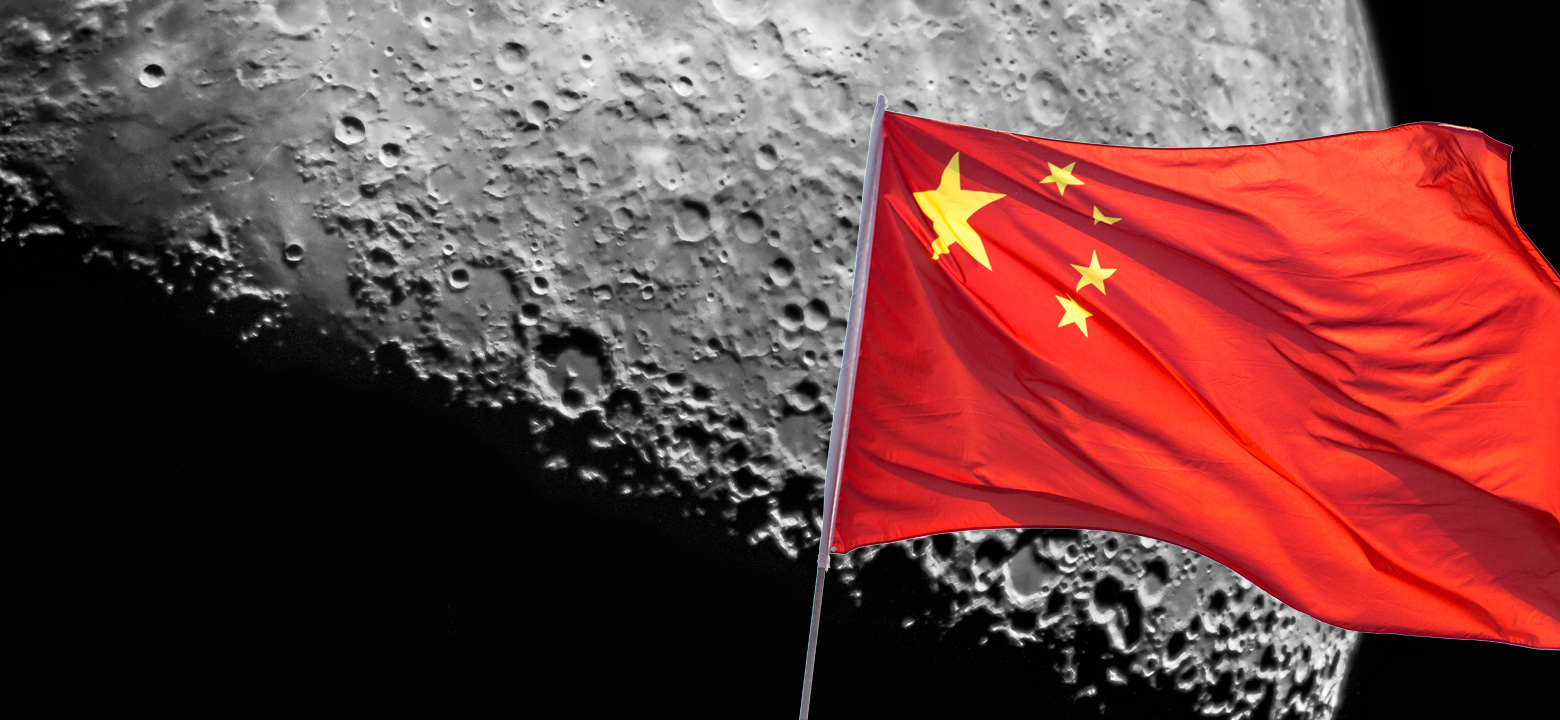
On January 2, 2019, China made international history by becoming the first country to ever land a lunar vehicle on the dark side of the moon. Since its unprecedented foray into space, China and its space exploration program have become the envy of the international space community and the subject of theories about whether its mission will ultimately be a success. Until China reveals more about the mission in progress, people the world over can marvel in these biggest takeaways from China’s far side moon landing.
Without a doubt, China has every right to revel in the accomplishments for which its far side lunar mission, called Chang’e-4, is becoming well-known. To start, it is the first country ever in history to land a lunar vehicle on what is called the dark side of the moon.
This side of the moon of course is the one that cannot be seen from earth. It is often heralded as one of the last unexplored frontiers known to man.
The Chang’e-4 mission actually entails the launching and landing of two Chinese-made robots that are designed to record the measurements of an ancient crater found on that side of the moon. The robots will take careful notes of the crater’s geology and chemistry and send the results back to Earth.
Another key part of this mission involves the investigation of whether or not the crater area on that side of the moon could possibly house either a deep-space telescope or potentially even a lunar base. To solidify the results of this experiment, China will attempt to grow silkworms and plants in the lunar crater.
China’s foray to the dark side of the moon is truly unique in the fact that no other country, not even the U.S. or Russia, has ever attempted to land a lunar rover on this side of the moon. Russia and the United States long held the envious position of being the leaders in the international space exploration community. No other country ever reached the potential of these two countries’ space programs.
That is, until China successfully landed a lunar vehicle on the moon’s far side. China’s program is now the talk of the entire world and solidified this country as the forerunner in international space exploration. It achieved something that the U.S. and Russia both will have to meet or exceed in order to retain their leadership positions.
Space exploration leadership aside, China’s mission is also unique in that it will be the first to study geographical structures never seen by anyone on Earth. Specifically, it will examine lunar soil and rocks as well as a regolith on the far side of the moon. Its mission could soon reveal whether or not another lunar landing for people could be possible.
China’s Chang’e-4 lunar mission could soon pale in comparison to the country’s Chang’e-5 mission, which is scheduled to be launched sometime in late 2019. This will be China’s second venture to the far side of the moon. It is being designed to retrieve lunar samples from Mons Rumker, which is located in Oceanus Procellarum, a large lunar mare in the northwest of the moon’s near side.
Further, China is consulting with NASA during both the Chang’e-4 mission and the upcoming Chang’e-5. It will share any results it gets from both missions with scientists from NASA as well as others in the international space community.
Even so, the impact on other countries’ space exploration programs has not gone unnoticed. In fact, even as China readies its Chang’e-5 mission for late 2019, it could soon be joined in lunar exploration by India. India plans on launching its own lunar exploration mission, called Chandrayaan-2, sometime in early 2019.
Further, the U.S. has announced its own intentions to rejoin the lunar exploration race. It has plans to launch what it calls a gateway, which is being designed to orbit an astronaut-tended space station.
It is also planning a mission called Commercial Payload Services. This mission is being designed to be a public-private partnership that will rely on private sectors to offer transportation to and from the lunar surface for a few select payloads that have yet to be disclosed.
Finally, not to be outdone, Russia also has plans to launch a lunar vehicle to the moon. It hopes to get its mission off the ground and to the moon within the next five years.
China accomplished the once unheard of by landing a lunar vehicle on the far side of the moon. The world now awaits to see what results will come of China’s Chang’e-4 lunar mission.
It could pave the way for human inhabitants on the moon in the near future. This mission ignited other countries’ aspirations of exploring this side of the moon. The U.S, Russia, and India all have plans to launch space exploration missions of their own soon.